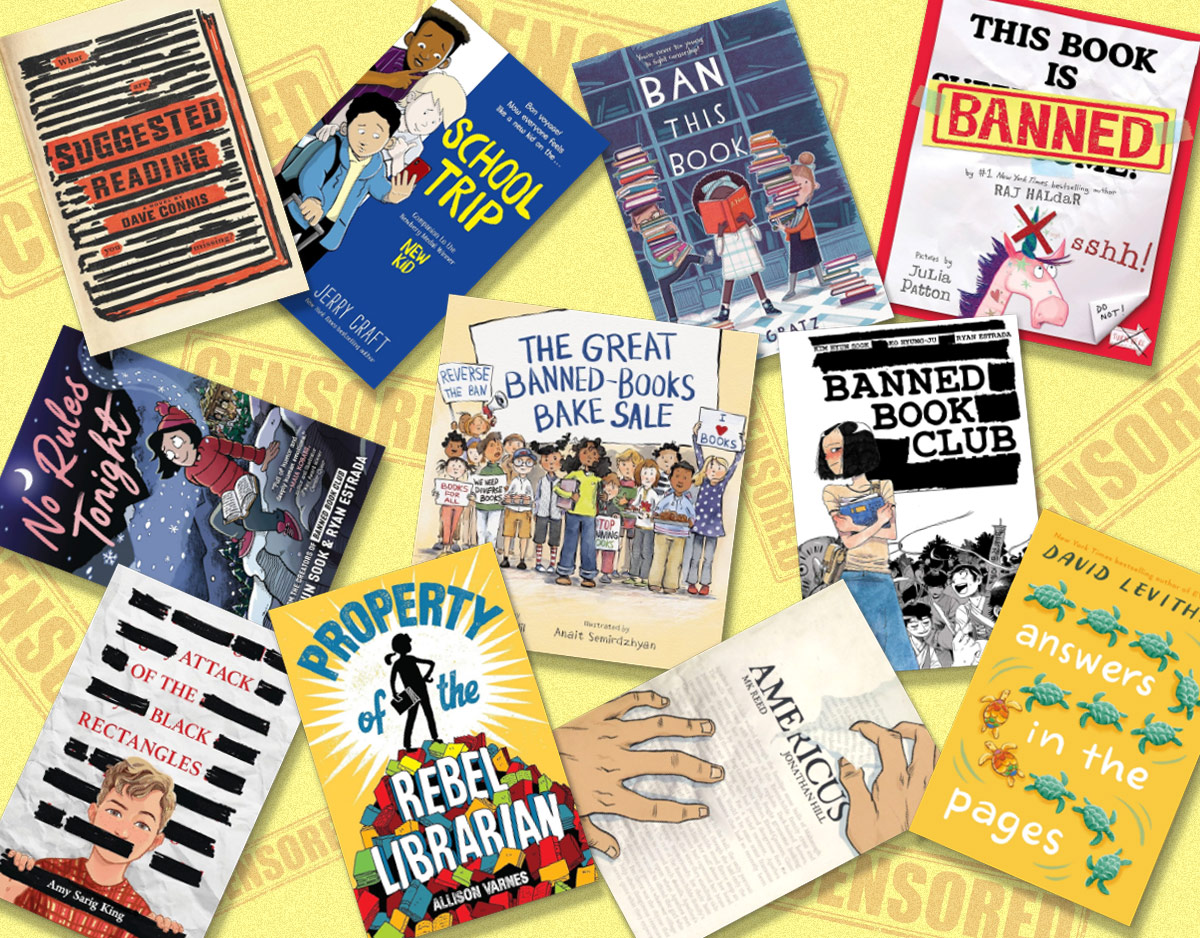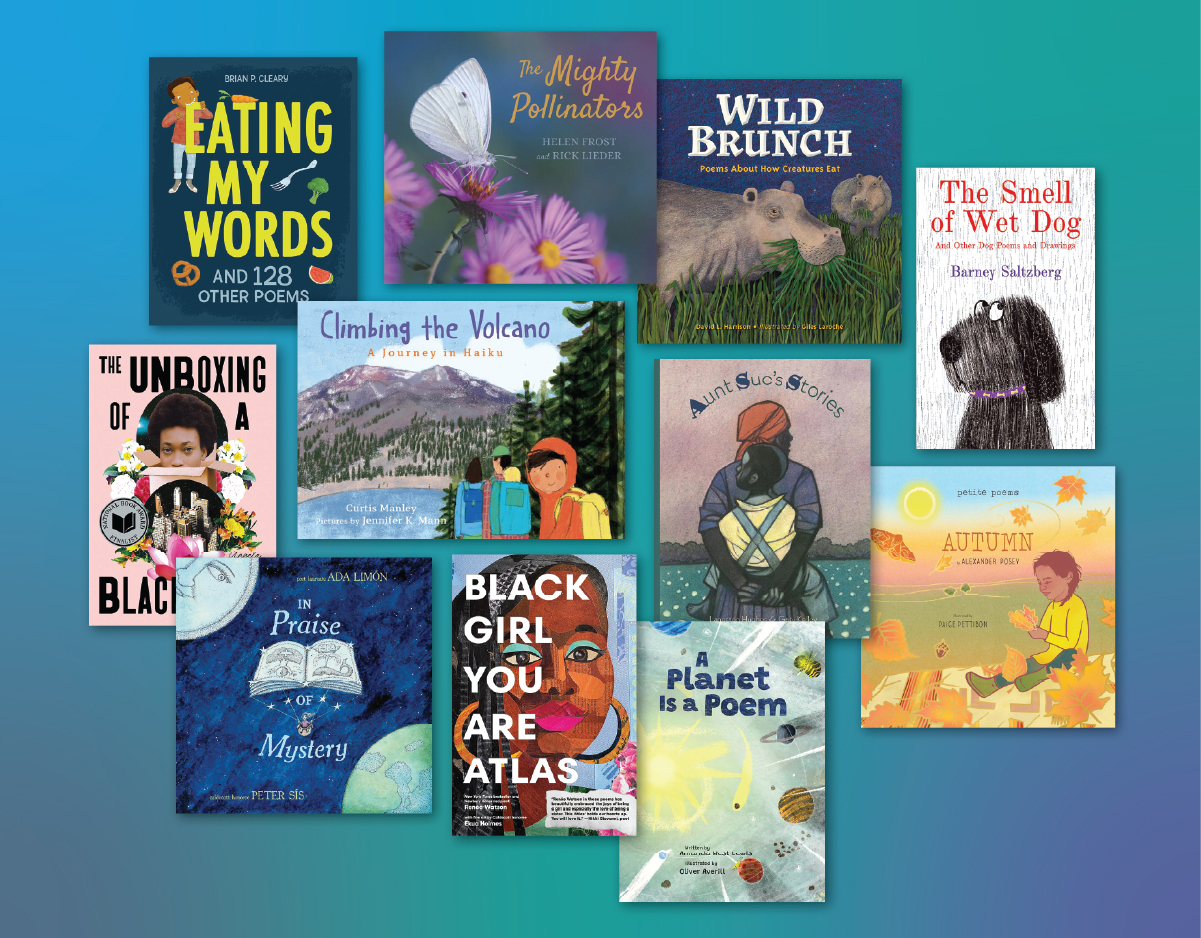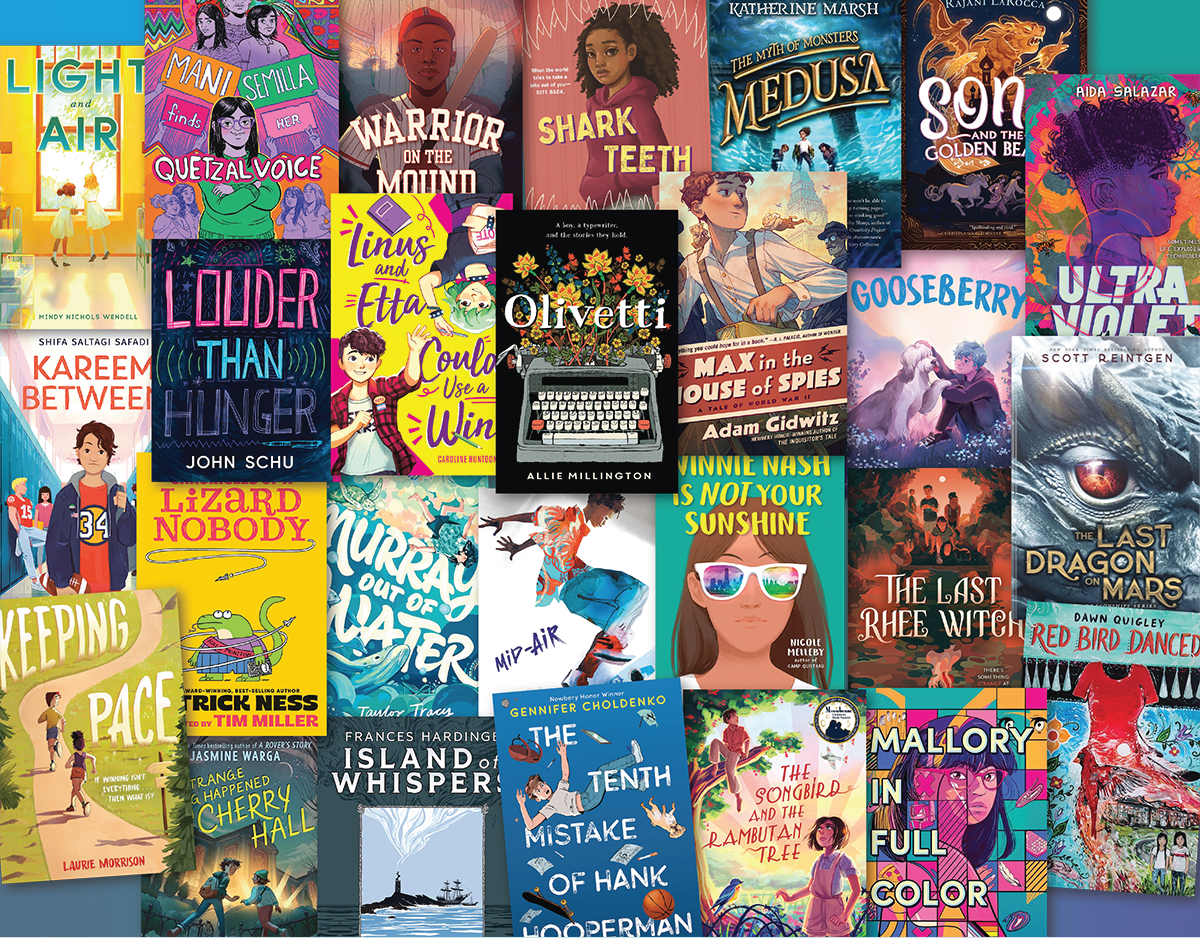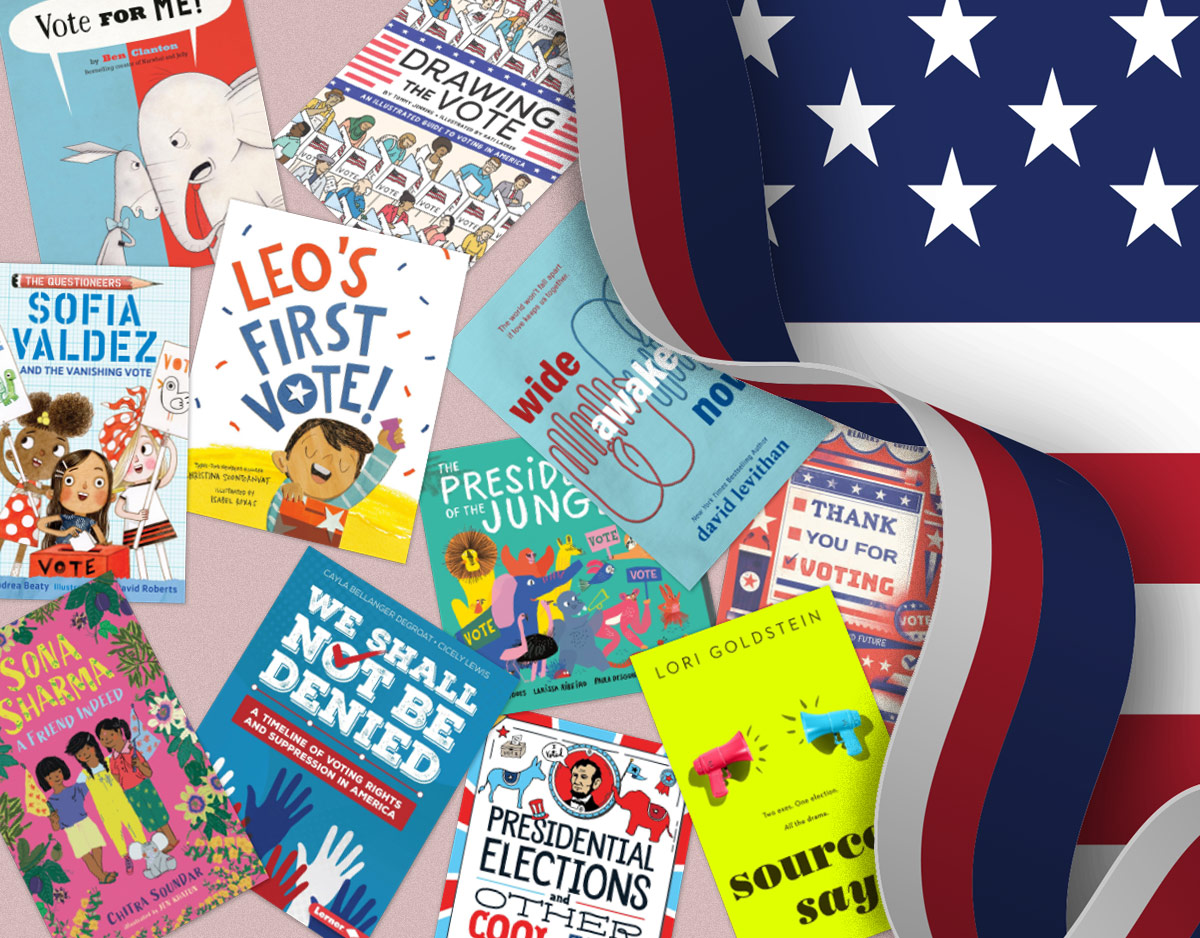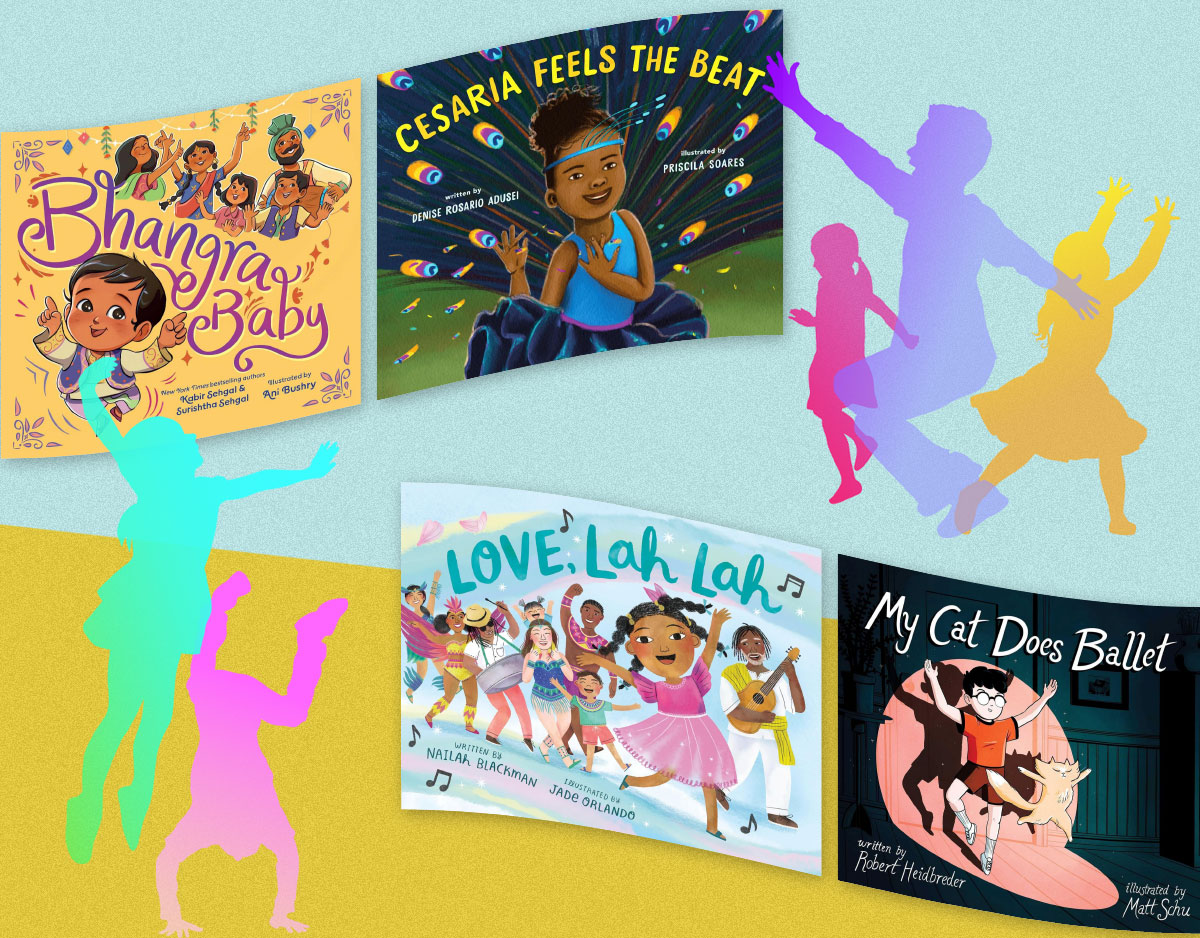Celebrating Kindness with When We are Kind

When We are Kind Written by Monique Grey Smith, illustrated by Nicole Niedhardt
Published by Orca Publishing, 2020
ISBN: 9781459825222
Available in: Hardcover (10/13 in US) and Ebook.
PreK-2
Book Review
“When we are kind/ we remember/we are all related.” So concludes Monique Grey Smith’s (Cree, Lakota) latest concept book for young readers, illustrated by Nicole Niedhardt (Diné). As in her previous picturebooks, My Heart Fills with Happiness and You Hold Me Up, Smith uses spare text and repetition to immerse readers in an abstract noun: kindness in this case, happiness and care in the previous titles. The book begins the repetition of a sentence structure that begins with “I am kind when I…” Each sentence appears in black, set against a white background on a page of its own. Across the gutter, a full-page illustration depicts the kind action. Niedhardt’s illustrations offer glimpses of contemporary Diné culture, and reflect multigenerational community and family members sharing time together. Halfway through the book, Smith switches to sentences that convey the feelings a child has when others offer kindness, each sentence from then on beginning with, “I feel…when…” The simplicity of Smith’s sentences and the rhythmic impact of the repetition work together to immerse the reader in a sense of tranquility. The book is available in monolingual (English, Diné, Spanish, French) and bilingual (English and Diné) editions. In the midst of the global COVID-19 pandemic, When We are Kind offers preschool and primary grade children a vision of kindness they can enact in their own lives.
Teaching Ideas and Invitations
Note our Readers: These ideas are not meant to be prescriptive. Choose one. Choose more. It’s up to you. Some ideas are bigger and will take a number of days to complete. Some are shorter. You can also choose to complete one part of a teaching idea, but not the whole thing. It’s up to you!
ADVERTISEMENT
ADVERTISEMENT
Duet: When We are Kind and My Heart Fills with Happiness. Read aloud both of these picturebooks by Monique Grey Smith using a print or digital version of these books depending on whether you are in-person, remote, or hybrid. Or, watch the author read alouds (see links above and below). Each book focuses on different ways to be happy in this world. One is a celebration of the actions that bring happiness. Another is a celebration of kindness and the rewards it brings. Ask your students what fills their hearts with happiness? Have students create a picture of themselves doing something that brings them happiness. In a remote setting, encourage students to be creative about the materials they use to create their picture, particularly if your school was unable to send home art supplies at the beginning of the year. Students can use recycled materials like envelopes or cardboard to create their pictures.
A Window into Diné Culture. Your students may or may not have familiarity with Diné (Navajo) culture. When you read aloud When We are Kind using a print or digital version of these books depending on whether you are in-person, remote, or hybrid, give your students time to savor Nicole Niedhardt’s gorgeous illustrations, reflective of her Diné (Navajo) culture. Depending upon your students’ immersion in or familiarity with Diné culture, their responses to the illustrations will vary. What do they notice about the details of everyday life in the illustrations? What is familiar? What is different?
Community Service Duet: When We are Kind and You Hold Me Up. Read aloud both of these picturebooks by Monique Grey Smith using a print or digital version of these books depending on whether you are in-person, remote, or hybrid. Or, watch the author read alouds (see links above and below). After reading both books, ask your students the following questions, in whatever order makes sense for you: Who holds you up? Who do you hold up? In your family? In school? In your neighborhood? How can you hold one another up as classmates during these challenging times? How can you hold up another group of people? Brainstorm together who in your community might need “to be held” right now. For example, is there an elder-care community or nursing home in your village, town, or city? Can your class become pen pals (print or digital) with residents there? Can a Zoom visit be arranged to talk to one another? As students conduct their community service, have them write or draw the ways in which being kind to others makes them feel.
Kindness Text Set. Over several days, read aloud When We are Kind, I Walk with Vanessa by Kerascoët, The Rabbit Listened by Cori Doerrfeld and the wordless Little Fox in the Forest by Stephanie Graegin, using a print or digital version of these picturebooks depending on whether you are in-person, remote, or hybrid. On poster paper or in a Google document projected in class or on screen, ask your students to list the different examples of kindness in each book. What are some of the ways that these kindnesses are similar to or different from the kindnesses that your students offer and receive? Ask your students to make a list of kindnesses that they would like to commit to over the next few weeks. Provide time each day for students to share the ways in which they offered kindness to someone else in school, in their family, in the neighborhood, or in their community. How did that kindness make them feel? As a follow-up, students might want to launch a “Kindness Campaign” in your school or community, in which individual students write out a kindness and an illustration to accompany it. Share digital and print versions of these fliers around the school building if you are in-person/hybrid, on the school website and class page if you are hybrid/remote, and around the community in places such as houses of worship, grocery stores, the public library (if open), etc.
Mentor Text Structure. After reading When We are Kind, ask your students to talk about the repetition of one sentence structure (“I am kind when I..” ) and then the other (“I feel”). How does that help them understand what the author might be trying to say to them as readers? How do the pictures shift to help convey what the illustrator might be trying to say to them as readers? Have students select another adjective, perhaps the opposite of kind (“when we are mean”) or something totally different (“when we are sad;” “when we are lonely;” “when we are silly”) and together, craft a class book that models the text structure and repetition of When We are Kind. Whether in-person, hybrid, or remote, have students volunteer to illustrate different pages to maintain social distancing.
Critical Literacy Work for Non-Native Teachers
Note: Previous versions of both of these teaching idea were originally included in our 2019 entry for An Indigenous People’s History of the United States Young People’s Edition.
Rethinking the Books You Share with Young People. If you are a non-Native teacher, you may have a different perspective on U.S. history compared to Native American teachers. Read An Indigenous Peoples’ History of the United States for Young People or the original An Indigenous Peoples’ History of the United States. Use this experience as a call to action as a social justice educator. How does this new perspective reshape your approach to teaching American or world history? How does this new perspective reshape how you approach teaching historic American literature? Contemporary American literature? Contemporary Native American literature? What new Native American voices can you bring into the curriculum? Examine co-authors Debbie Reese and Jean Mendoza’s American Indians in Children’s Literature blog, particularly their new “Tips for Teachers: Developing Instructional Materials About Native Americans.” Look up the titles about Native Americans that you might currently use with students. Have these books been identified as racist or inaccurate? What new titles can replace those texts? Instead of having a whole class read of a single Native American experience, can you select a range of titles for students to read in book clubs, to further diversify students’ understanding of historic and contemporary Native American life? Cynthia Leitich Smith’s (Muscogee Creek) and Traci Sorell’s (Cherokee) October 2020 School Library Journal article, “How Native Writers Talk Story: Honoring Authentic Voices in Books for Young People,” can help you more deeply consider the ways in which literary devices and narrative styles differ across Native writers, as well in contrast to more traditional Western linear narratives. You may also want to look at titles recommended by Social Justice Books, a project of Teaching for Change, and the American Indian Youth Literature Award.
A Schoolwide or Districtwide Commitment to Essential Understandings. The National Museum of the American Indian created “Essential Understandings,” described as a “framework that offers new possibilities for creating student learning experiences.” Make An Indigenous Peoples’ History of the United States a required schoolwide professional development read in your district. Discuss the new knowledge and perspectives this book offers non-Native teachers. How does it shift your thinking about teaching Native American/Indigenous history? How does it shape your understanding of the perspectives included and excluded within current curricula? What are some ways that you and your colleagues can revise the curriculum to be more inclusive? Next, have teachers explore the “Essential Understandings.” Work in vertical (content) and horizontal (grade level) teams to discuss how to incorporate the new knowledge from the text into social studies, science, language arts and integrated arts curriculum, using the framework provided by the “Essential Understandings.” Discuss some of the ways that you can use your new knowledge and perspectives to reframe your district’s approach to the October holiday known as both Indigenous People’s Day and Columbus Day, depending on the state in which you live, as well the national Thanksgiving holiday.
Further Explorations
Digital Resources
Monique Grey Smith’s Official Website
Nicole Neidhardt’s Official Website
When we are Kind Teacher Resource, Orca Publishing
“The Heart and Science of Happiness,” Harvard Health Blog, April 2019
Books
About Kindness for Preschool-Primary Grades
Doerrfeld, C. (2019). The Rabbit listened. Dial Books for Young Readers.
Available on Overdrive.
Graegin, S. (2017). Little fox in the forest. Schwartz and Wade.
Available on Overdrive.
Kerascoët. (2018). I walk with Vanessa: A story about a simple act of kindness. Schwartz and Wade.
Available on Overdrive.
Smith, M.G. (2017). You hold me up. Ill. by D. Daniel. Orca Publishing.
Available on EPIC, Overdrive, and as a read aloud video on the author’s website.
Author’s Read Aloud: https://www.youtube.com/watch?v=jMCKX53WwPc&feature=youtu.be
Featuring Contemporary Native Nations/Indigenous Cultures for Preschool-Primary Grades
Child, B. (2018). Bowwow powwow. Ill. by J. Thunder. Trans.G. Jourdain. Minnesota Historical Press.
Flett, J. (2019). Birdsong. Greystone Kids.
Available on Overdrive.
Lindstrom, C. (2020). We are water protectors. Ill. by M. Goade. Roaring Brook Press.
Available on Overdrive
Maillard, K.N. (2019). Fry bread: A Native American family story. Macmillan Publishing.
Available on Overdrive
Virtual Storytime with the Author, sponsored by PEN America: https://www.youtube.com/watch?v=ZGoPq2CeJdw
Smith, M.G. (2018). My heart fills with happiness. Ill. by J. Flett. Orca Publishing.
Available on EPIC, Overdrive, and as a read aloud video on the author’s website.
Author’s Read Aloud: https://youtu.be/Hu1oeuDlikg
Sorell, T. (2018). We are Grateful: Otsaliheliga. Charlesbridge Publishing.
(Available on EPIC & Overdrive)
Vandever, D. (2017). Fall in line, Holden! Published by Salina Bookshelf.
Filed under: Fiction, Fiction Picture Books
About Mary Ann Cappiello
Mary Ann is a professor of language and literacy at Lesley University. A former public school language arts and humanities teacher, she is a passionate advocate for and commentator on children’s books. Mary Ann is the co-author of Teaching with Text Sets (2013) and Teaching to Complexity (2015) and Text Sets in Action: Pathways Through Content Area Literacy (Stenhouse, 2021). She has been a guest on public radio and a consultant to public television. From 2015-2018, Mary Ann was a member of the National Council of Teachers of English's Orbis Pictus Award for Outstanding Nonfiction (K-8) Committee, serving two years as chair.
ADVERTISEMENT
ADVERTISEMENT
SLJ Blog Network
One Star Review, Guess Who? (#211)
Cover Reveal and Q&A: Dusti Bowling’s Latest – The Beat I Drum (Apr 2025)
Girlmode | Review
The Seven Bills That Will Safeguard the Future of School Librarianship
Take Five: Newbery Picks, Part Two
Gayle Forman Visits The Yarn!
ADVERTISEMENT



